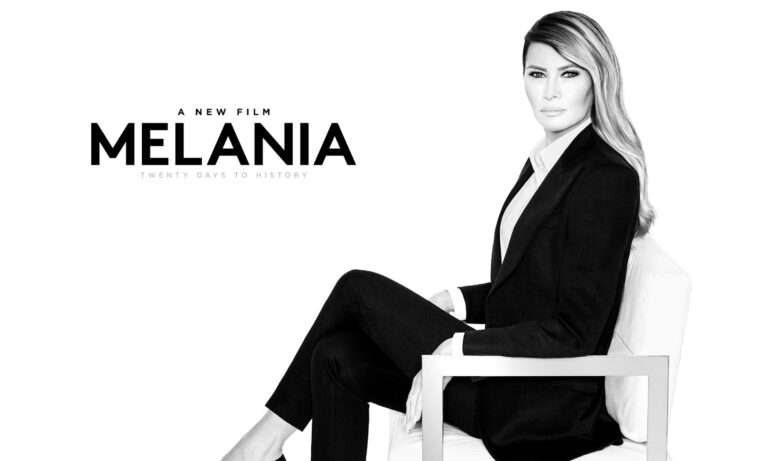Known as the “Grandmother of Europe,” Queen Victoria, the emblematic monarch of the 19th century, left a lasting impact not only through her reign but also through her extensive family. Her progeny were intricately woven into the European political fabric, influencing the continent’s landscape well into the 20th century.
The Queen and her consort, Prince Albert, had nine children, each of whom led lives that ranged from the quietly dignified to the overtly influential. Their offspring included emperors and queens, integral figures who shaped the destinies of nations such as Germany, England, and Russia.
The eldest, Victoria, Princess Royal, was married off to Frederick III of Germany, aligning Britain with its German counterparts. This union was particularly significant as it produced Kaiser Wilhelm II, a pivotal figure in the lead-up to World War I. This strategic marriage marked the beginning of a series of alliances shaped by the marriages of Queen Victoria’s children.
Edward VII, their second child and the eldest son, ascended to the British throne and played a critical role in redefining the monarchy’s role in modern diplomacy. His reign saw the establishment of relationships that would lead to the formation of the Triple Entente between Britain, France, and Russia, significantly influencing the geopolitical stance of the pre-World War I era.
Among the daughters, Princess Alice became known for her compassionate nature and dedication to nursing, founding a legacy of medical philanthropy that preceded that of her more famous aunt, Florence Nightingale. Her life, though tragically short, was marked by her untimely death from diphtheria at the age of 35. Despite her expertise and commitment to healthcare, she contracted the disease while nursing her own ill children, demonstrating the personal risks she took in her caregiving role. Her passing on December 14, 1878, deeply affected the royal family and left an indelible mark on the field of healthcare.
Princess Helena and Princess Louise pursued artistic and educational interests, with Louise being noted for her support of the feminist movements of the time. Their contributions, though less politically inclined, fostered cultural and social advancement within the United Kingdom.
The younger sons, Prince Arthur, Prince Leopold, and Prince Henry, carved out roles that ranged from military engagements to significant ceremonial duties in the colonies, thus bolstering the British imperial presence globally.
The youngest, Princess Beatrice, served as Queen Victoria’s secretary and companion after Prince Albert’s death, later making her own match into the Spanish royal family, thereby continuing the trend of politically advantageous marriages.
The legacy of Queen Victoria’s children is not merely in their marriages but also in their social reforms and contributions to public life, which have had lingering effects beyond their lifetimes. Their lives reflect a strategic blend of personal ambitions and royal duties, illustrating the complexities of dynastic pressures and the delicate balance of 19th-century European politics.
ALSO READ: TONY WARD STEPS INTO THE WORLD OF MENSWEAR WITH HIS CAPSULE COLLECTION: A VERSATILE UNVEIL.




